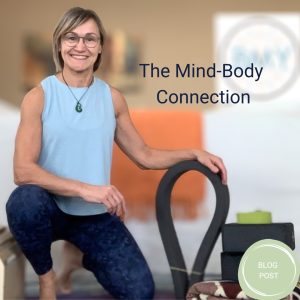| by Jen Violi (Guest Post) A truly terrible therapist I had was kind of like the Ghost of Christmas Yet to Come. In his classic A Christmas Carol, Charles Dickens describes that ghost as “… a solemn Phantom, draped and hooded, coming, like a mist along the ground, towards him… Scrooge feared the silent shape so much that his legs trembled beneath him, and he found that he could hardly stand when he prepared to follow it.” This ghost didn’t speak and basically just pointed to things, like Scrooge’s headstone in the cemetery, with a firm immovable gesture. My therapy sessions were kind of like that. It was the fall of 2009, and I’d moved to Portland that summer. During the cross-country move, my marriage ended. Soon after I arrived in Portland, I was laid off. Budget cuts, and all the writers were dispensable, etc. etc. I was wrecked, unmoored. I’d chosen the therapist because I could walk to our appointments and she did some kind of somatic work that sounded good, but what I remember most about her was her creepy stillness. During our sessions, in a large parlour sort of room in a big Victorian house (there may also have been mist around her), she barely said anything and sat stone-faced across from me, as I wept away, falling apart. When she did speak, her voice even and dispassionate, it was simply to point to something grave. What did you feel about this? Or how about you act out that moment? All of the acting and reacting and emoting came from me. I wasn’t a fan.
In this Summer Solstice moment, this turning point, this space between inhale and exhale, I’m considering what it means to be a writer right now and have creative sparks. And I’m dancing with my own version of Dickens’ spirit, which I’m calling the Ghost of Flames Yet to Come. Dancing with what the fuck is next? With will I ever make something beautiful again? With how can I even think about writing when the world is falling apart? As you may already know from personal experience, an encounter with this ghost can be uncomfortable, awkward, even scary. And yet, there are gifts. Since this ghost doesn’t speak in words, I’ll share a few things on their behalf:
And if that’s what you want to choose right now, the Elemental Writing Ecosystem is here for you, open to new members through June 24. And I promise you, the Ecosystem is full of good company, the kind of humans you’re so glad to see again and who are so glad to see you and listen to, witness, and root for you. I know this moment is strange, scary, unsettling. And we don’t have to weather it alone. We don’t have to surrender our creative urges to Fear, however big it feels. Instead, we can nurture those urges in community. What we need to know right now as government and media stoke fear: Fear is a vitality killer. Fear is an imagination killer, when that—our imagination—is in fact what we need the most. Imagination will help us into and through the unknown of the future, of flames yet to come. So if you’re afraid right now, that’s okay. If you feel wrecked and unmoored, well, that makes sense. AND, you don’t have to surrender to it, or be alone in it. Instead, we can lean into creative cycles and processes, containers that feed and nourish our imagination. Which is what the Elemental Writing Ecosystem is all about. Live gatherings, a vibrant group of writers, weekly prompts and challenges and opportunities to share writing and connect, wildly different craft lessons, dynamic monthly themes and co-teachers like Thunder, Turtle, & Eclipse (That’s July – September). And it’s $47/month for all of that! The Ecosystem is open to new members through Tuesday, June 24, and you’re invited. Here’s where you sign up. Let’s face the void together. Let’s listen to the silence. Let’s stoke the fire of our imagination. While other precious voices are being erased, stifled, diminished, let’s be fierce in the use of our voices. Let’s make them a lantern to guide the way. Because we can. Tame won’t save us, so let’s get wild. By Jen Violi Jen Violi is the author of Putting Makeup on Dead People, a finalist for the Oregon Book Award, as well as numerous essays, prose-poems, and short stories. Jen is the creator and facilitator of Elemental Writing, courses infused with ritual, writing, and remembering our embodied belonging to the natural world. www.jenvioli.com |





